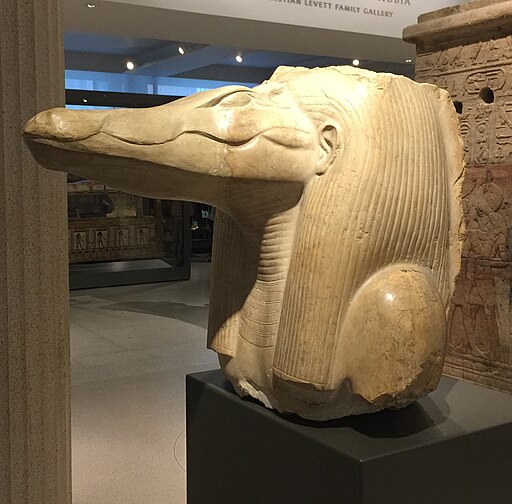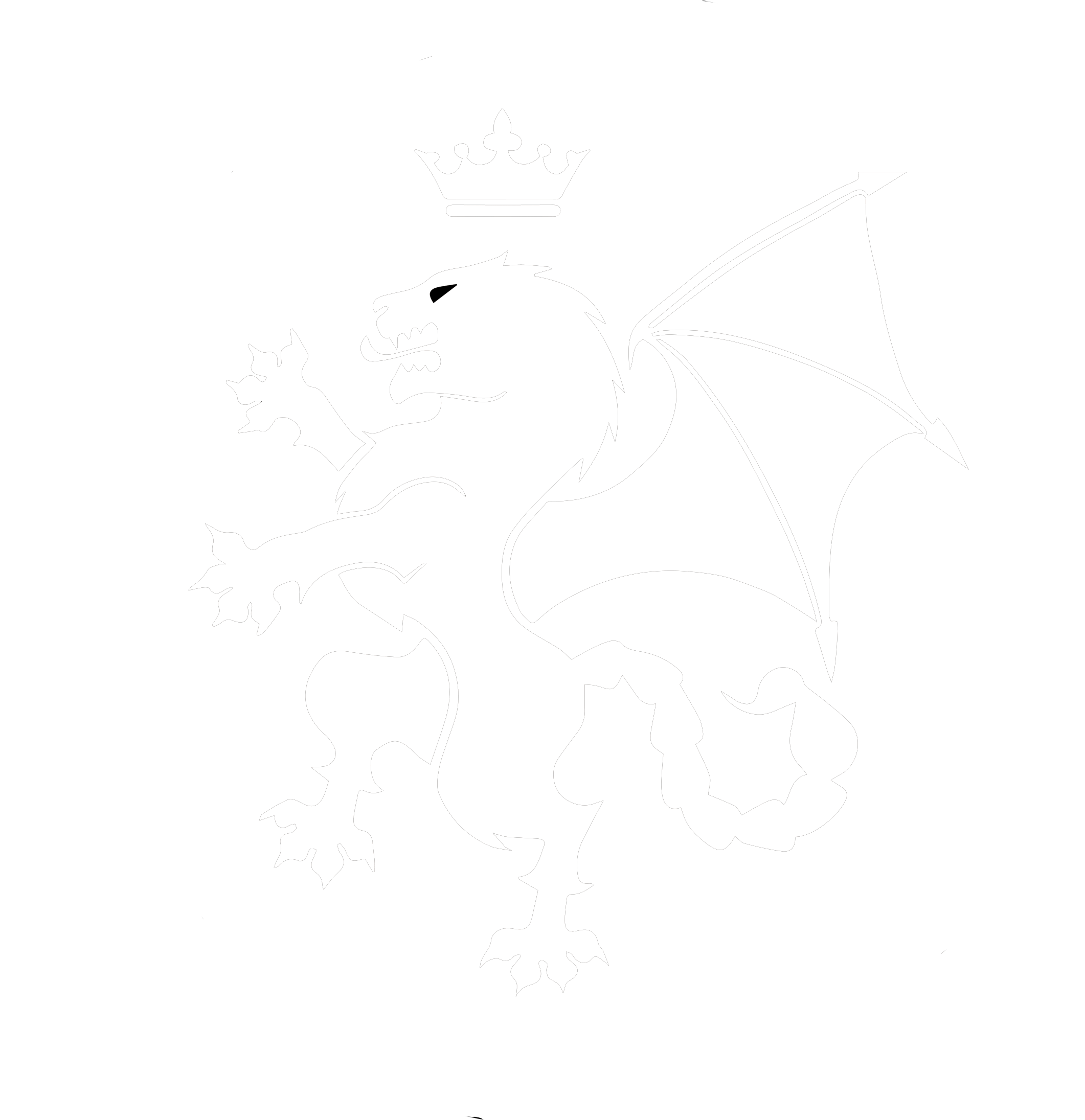
Gwendolyn Taunton
Image by BVBurton, CC BY-SA 4.0, via Wikimedia Commons
Sobek, an ancient Egyptian deity, is depicted with the head of a crocodile and is intrinsically linked to the Nile, masculinity, the authority of the pharaoh, and military prowess. Sobek’s significance is multifaceted, representing both creation and destruction, thereby embodying the duality of nature. He served as a protector, particularly of the pharaoh and the populace, symbolizing strength and power. Concurrently, his crocodilian form connected him to the forces of the wild, representing danger and unpredictability. Sobek was venerated in the Nile Delta, especially in the city of Crocodilopolis, where crocodiles were revered and often kept in sacred pools. Additionally, he was associated with the military due to his aggressive nature, making him a symbol of war and protection.
Sobek is also considered an apotropaic deity, believed to possess the power to ward off evil, protect individuals, and avert harm. In ancient Egyptian culture, apotropaic magic was essential for safeguarding oneself from negative forces, illness, and misfortune. As a god associated with the primal power of the Nile and the perilous, unpredictable nature of the crocodile, Sobek’s protective aspect was highly esteemed. His role as a guardian was attributed to his fierceness and his ability to control chaotic and destructive forces of nature.
Consequently, Sobek’s apotropaic nature provided a sense of divine assurance to those seeking his protection, reinforcing his symbolism as a formidable and vigilant force against threats to the order of both the natural and supernatural realms.
Comparing Sobek’s symbolism to that of an alpha male crocodile reveals distinct parallels. The alpha crocodile, at the apex of its food chain in the wild, demonstrates dominance, territorial control, and calculated behaviour that ensures its survival and leadership. Similar to Sobek, the alpha crocodile displays a combination of power, assertiveness, and an ability to command respect from other creatures. An alpha male crocodile maintains the balance of life within its territory, protecting its domain while also contributing to the ecosystem through its role as a predator. Thus, the alpha crocodile represents control, protection, and order, whereas the beta crocodile serves as a reminder of potential imbalance and chaos in the absence of strong leadership. Sobek’s dual nature as both a creator and protector highlights the importance of maintaining order and preventing disruption in both the natural world and human society.
In crocodilian social structures, the beta male crocodile assumes a subordinate role to the alpha but can exhibit disruptive behaviour that affects other crocodiles and, potentially, human society. Beta males frequently challenge the established hierarchy in an attempt to assert dominance; however, they often lack the experience, control, and authority possessed by the alpha. Their challenges may result in chaos within the crocodile group, leading to unnecessary conflicts with other males, disruption of territorial boundaries, and overall instability in the social dynamics.
Similarly, in Sobek’s divine role, his symbolism can be interpreted as a means of preventing the influence of disruptive forces. As a guardian and regulating force, Sobek’s divine presence could be perceived as not only fostering creation and life but also maintaining stability by suppressing any elements—such as a “beta” figure—that might disturb societal order. In this context, Sobek, akin to the alpha crocodile, was believed to control disruptive forces, ensuring that both the divine and natural realms functioned smoothly without interference from unruly and disruptive entities.

